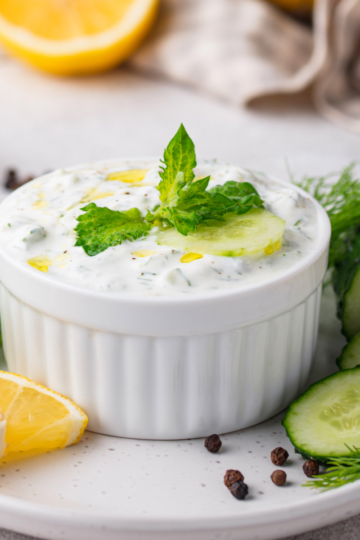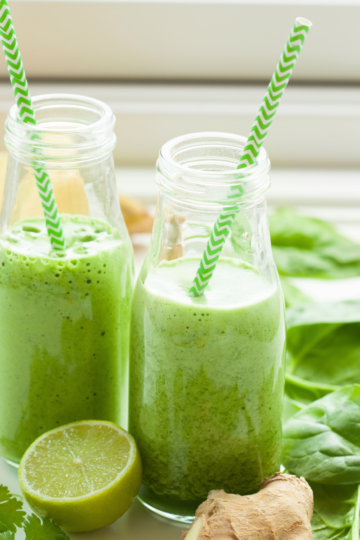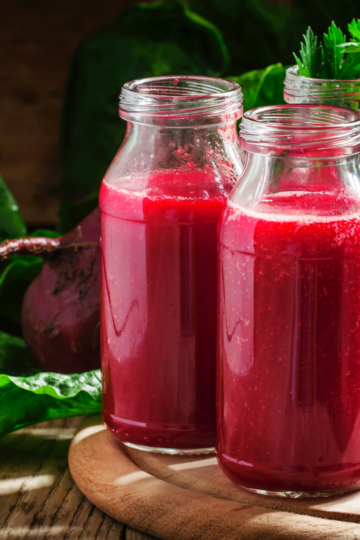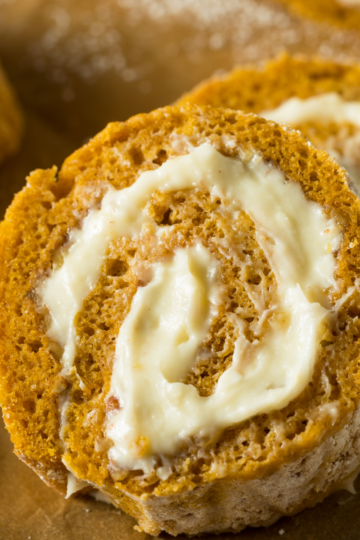You’re halfway through a recipe when you realize it calls for sour cream—but there’s only Greek yogurt in the fridge. You pause. Can you swap them? Will your muffins still rise? Will your cake still be moist?
Let’s break it down once and for all: what’s the real difference between Greek yogurt and sour cream, and how do they each affect your baking?
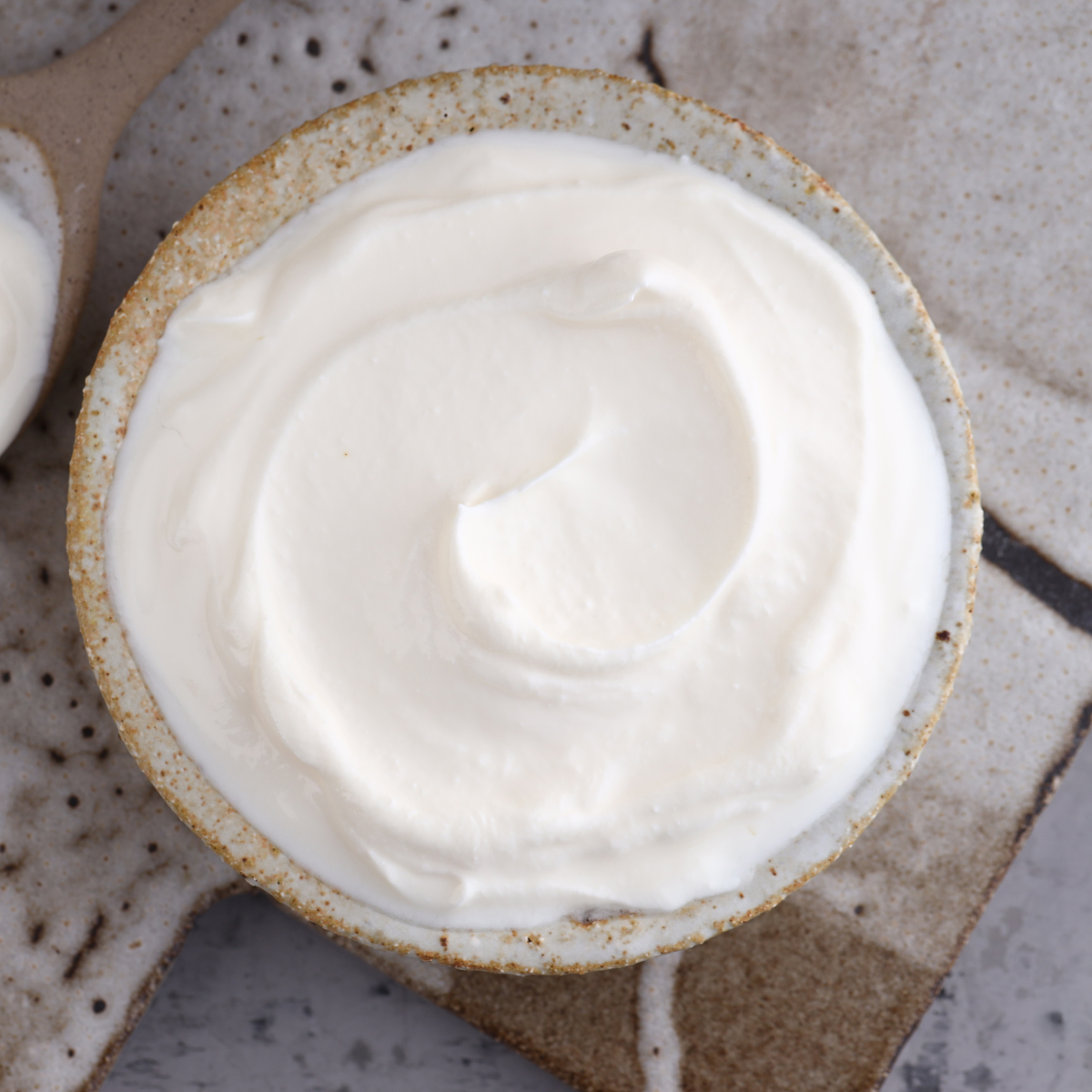
The Basics: How They’re Made
While they look similar, Greek yogurt and sour cream start from different dairy bases.
- Greek Yogurt is made by straining regular yogurt to remove excess liquid (whey), giving it a thick, creamy texture and tangy flavor.
- Sour Cream is made by fermenting regular cream with lactic acid bacteria, which gives it its rich texture and slightly buttery tang.
Both add moisture and a subtle tang to baked goods, but their fat and protein levels make a big difference in how they behave in recipes.
Jump to:
Texture and Fat Content
Fat content matters—a lot—in baking.
| Ingredient | Fat | Texture | Taste |
|---|---|---|---|
| Greek Yogurt | 0–10% (depending on brand/type) | Thick, dense | Tangy |
| Sour Cream | ~18–20% | Rich, smooth | Milder tang |
The extra fat in sour cream adds tenderness and richness to cakes, muffins, and quick breads. Greek yogurt, with its higher protein and lower fat, makes baked goods slightly denser but also adds structure and moisture.
If you’re aiming for a light, delicate crumb, sour cream usually wins. If you prefer something a bit heartier or healthier, Greek yogurt does the trick beautifully.
Flavor and Tang
Both add that lovely, subtle tang that balances sweetness in baked goods—but Greek yogurt’s flavor is usually sharper.
In recipes with strong flavors (like chocolate, banana, or spices), you’ll barely notice a difference. But in lighter treats—think vanilla cakes or sugar cookies—the yogurt’s tang can be a little more noticeable.
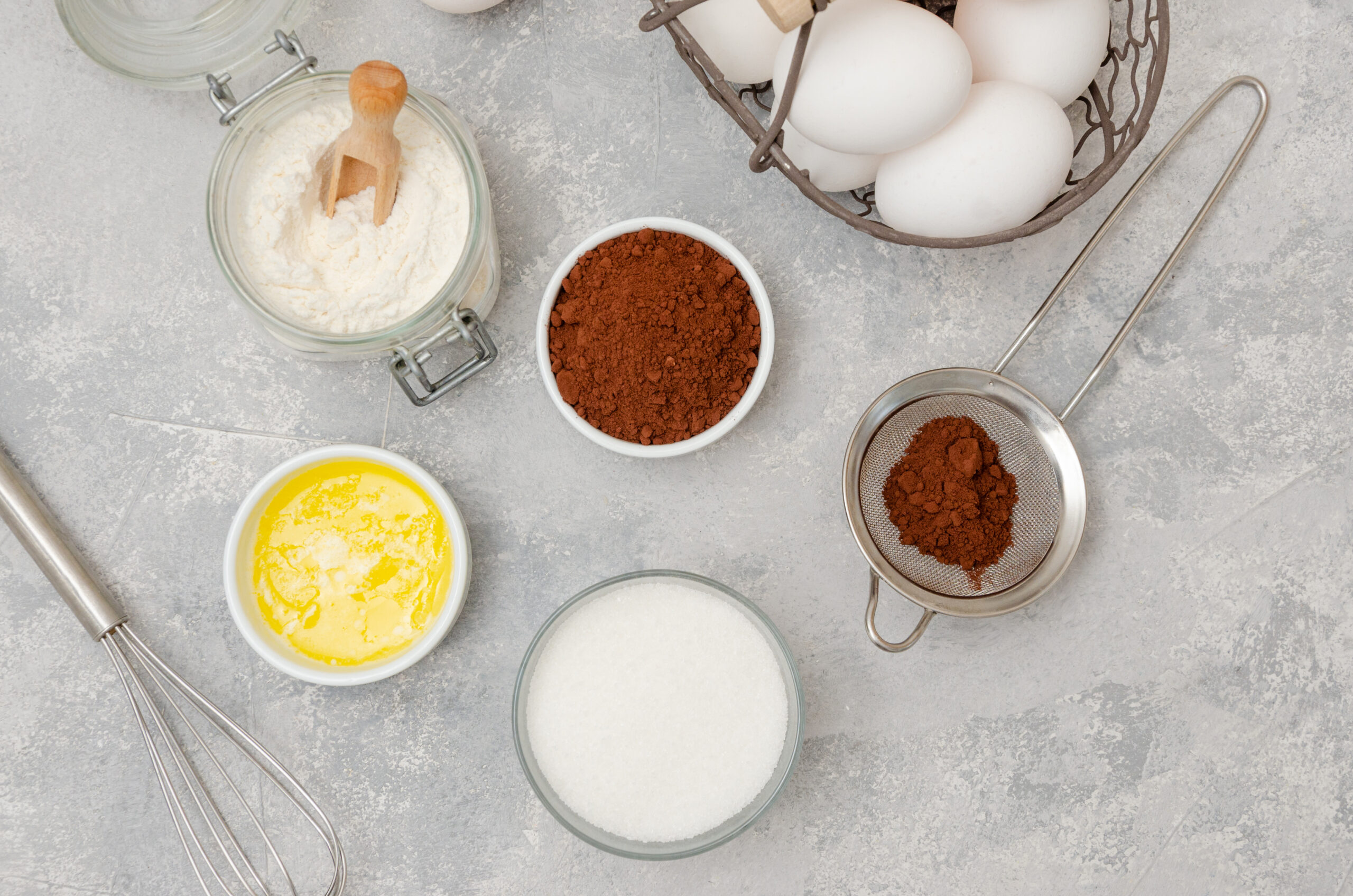
How to Substitute Greek Yogurt for Sour Cream
Here’s the good news: you can usually swap one for the other with minimal impact on the final result.
- 1 cup sour cream = 1 cup Greek yogurt (full-fat works best)
- If using nonfat Greek yogurt, add 1 tablespoon of melted butter or oil to compensate for the missing fat.
- To make Greek yogurt act more like sour cream, stir in a splash of milk or cream to loosen the texture.
This substitution works perfectly in quick breads, muffins, cakes, dips, and even frostings.
When Each One Shines
Use Greek Yogurt When You Want:
- A healthier alternative (less fat, more protein)
- Extra moisture in dense batters like banana bread or brownies
- A tangier, slightly sharper flavor
Use Sour Cream When You Want:
- A rich, tender crumb in cakes or cupcakes
- Silky texture in cheesecakes or coffee cakes
- Milder tang and buttery finish

Pro Tip: Temperature Matters
Always bring either ingredient to room temperature before adding it to a batter. Cold yogurt or sour cream can cause butter to seize or batter to curdle. A quick 15–20 minutes on the counter usually does the trick.
Final Thoughts
In most baking recipes, Greek yogurt and sour cream are nearly interchangeable—but they bring slightly different strengths to the table.
Greek yogurt adds structure, tang, and a bit of nutritional boost, while sour cream delivers unmatched richness and softness.
If you’re after decadent, tender cakes—go for sour cream. If you want a lighter, tangier twist—Greek yogurt is your best friend.
Either way, your baked goods will come out moist, flavorful, and delicious.
Pin to Pinterest
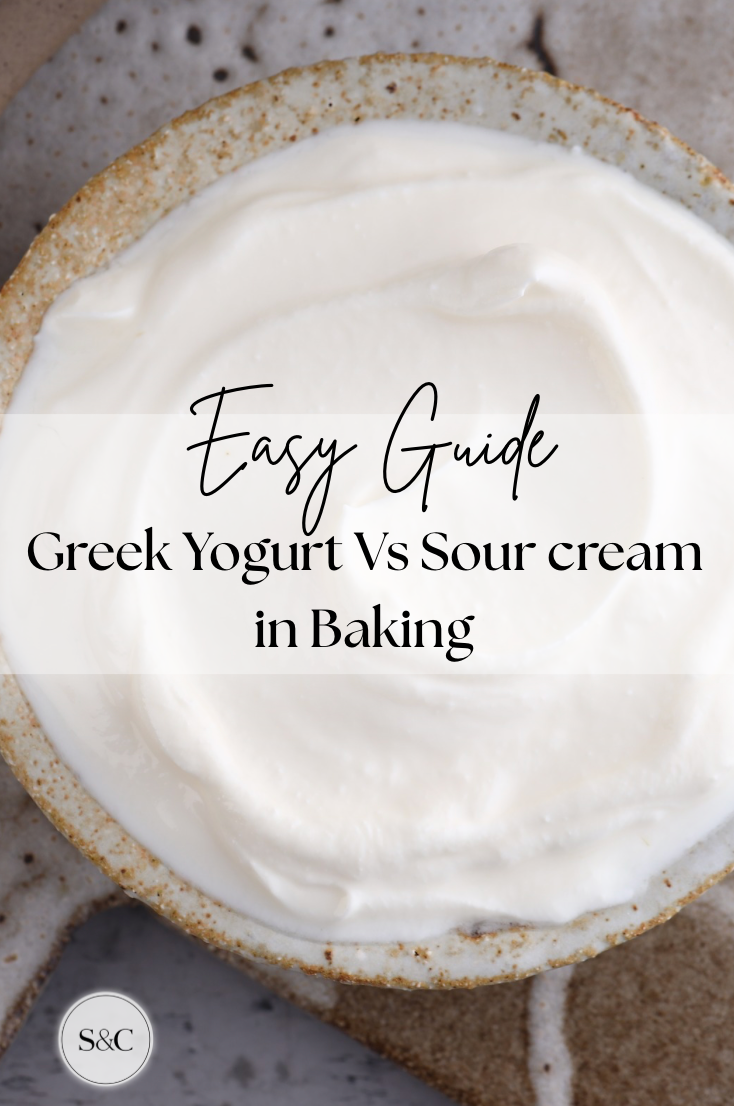
Related
Looking for other recipes like this? Try these:
Pairing
These are my favorite dishes to serve with [this recipe]:



